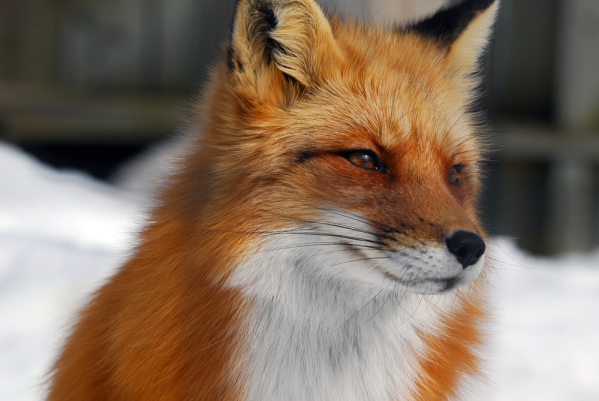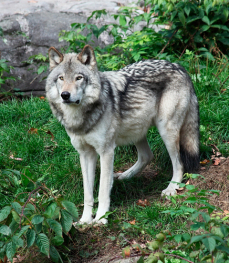Canids are among one of the most recognized groups of animals in the world – and that’s nothing new. In fact, canids have been an important part of human culture for centuries, playing an invaluable role in environmental preservation.
The word “canid” is used to describe the “Canidae” family of animals – this covers an incredibly broad range of species including dogs, coyotes and foxes! Each of these are amazingly unique, all with their own mental, physical and characteristic traits.
So what unites these massively different animals? What does a friendly, happy retriever have in common with the sly antics of a cautious fox?
There a few defining traits present in every animal in the Canidae family. Let’s have a look at these below:

Defining Characteristics
The best way to tell if an animal is part of the Canidae family, is often just by appearance: they will usually have a very dog-like composition, made up of long legs, muzzles and pointed ears.
All members of the Canidae family are carnivorous, meaning they only eat meat. They are predatory animals in the wild, relying on impeccable hunting skills and highly intuitive instincts. This means that their ears may prick, they are very fast movers and their eyes are forward-facing!
Canids all have some form of a tail – usually long and bushy, but this is adaptable depending on evolutionary requirements.
The most identifiable part of a canid is its teeth. The animals will have strong jaws with many sharp teeth, which they might even bare in defence!

Canidae and Humans
Humans and canids have lived together (mostly peacefully) for hundreds, if not thousands of years. They provide mutually beneficial companionship, which helps to sustain both the human and canid population.
Our ancestors would have trained the very first domesticated canids to protect themselves and their settlements. The dogs would co-operate as it was a guaranteed source of food and shelter; over time, this companionship would develop further and further, to the point where dogs were no longer considered wild animals!
Can All Canids be Domesticated?
Whilst most households have at least one canine friend, it’s important to remember that wild animals are exactly that: wild.
Canids such as wolves, coyotes, dingoes and foxes should not be kept captive, as they will instinctually be dangerous animals. The reason dogs are domestic is due to generations of genetic training – today’s dogs are completely different from the ones we had a thousand years ago!

Difference Between Canine and Canid
You may have heard of the word ‘canine’. Though very similar, canine and canid do mean slightly different things:
The word canid refers to any member of the Canidae family, from the common fox to the elusive tanuki (or Japanese racoon dog)!
Canine, however, refers exclusively to the more dog-like denizens of the family. This can include wolves, wild dogs and jackals.
Strange Facts
Canidae literally translates to the word ‘dog’ in Latin.
The Tanuki is really referred to as the Japanese racoon dog. This is due to its striking racoon like face markings.
There are no native canids to Australia. Dingoes are commonly thought of as being Australian canines, though they were actually introduced to the country by settlers thousands of years ago. The largest breed of canid is the grey wolf, with males weighing up to an impressive 80kg! The smallest, is the comically sweet Fennec Fox at only 1.6kg (at the largest).
